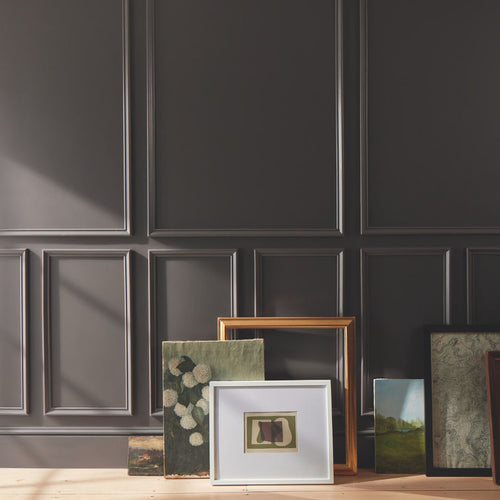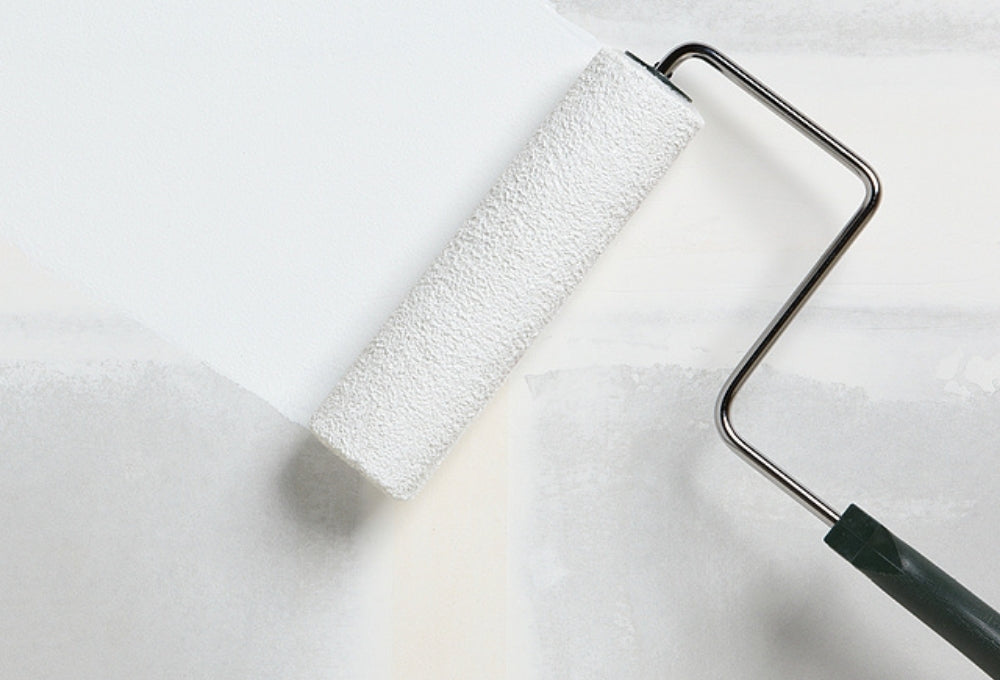

If you are getting ready to repaint an interior or exterior surface that is in good condition it can be successfully repainted with a self priming Benjamin Moore® premium paint.
Priming can be an important part of painting. All new uncoated surfaces or surfaces that have not been repainted for a long time must be primed. However, Aura® is an exception as a result of its unique self priming attributes. '
Essentially primers act as a binding layer for paint. So using a high quality primer will enhance the ultimate quality of your painting. Some primers offer special properties to address specific issues:
Special Surfaces that Require Primer
Wood
Wood is porous, and primer helps seal it to provide a smoother surface for painting.
- Prepare the wood for priming by thoroughly cleaning the surface. Any imperfections will show through paint.
- Use wood filler to repair cracks and knot holes.
- Then sand the surface smooth before priming.
Choose a quality primer. We recommend Benjamin Moore's Fresh Start® All-Purpose 100% Acrylic Primer for wood surfaces.
Stained Walls & Ceilings
Walls and ceilings that are stained or have water damage need priming as well. If you paint the stains, they will seep through the paint, so it is important to add a primer that is designed to cover stains and water damage. We recommend Benjamin Moore's Fresh Start Superior Primer.
Dark Surfaces
Painting a light color over a darker color may require priming, so that the darker color won't bleed through. This will help reduce the number of coats of paint you would have to use, as well as provide a better quality finish. Metal Metal surfaces require priming to help prevent rusting and provide a more solid surface for the paint to stick to. We recommend Benjamin Moore's Super Spec® HP Acrylic Metal Primer that is designed to reduce corrosion.
TIP: Priming an entire surface may not be required. If you are repainting small areas, you may be able to spot prime.
For best results, ALWAYS READ THE PAINT CAN LABEL. Professionals read the paint can labels to get the paint manufacturers’ most up-to-date information and instructions on the use of each specific paint. Every paint is different, and the labels provide important information, such as the average coverage area per gallon, drying times, number of coats needed, and surface preparation requirements. The labels also give specific safety information that should be carefully adhered to.
Downloadable PDF: How to prime surfaces

























